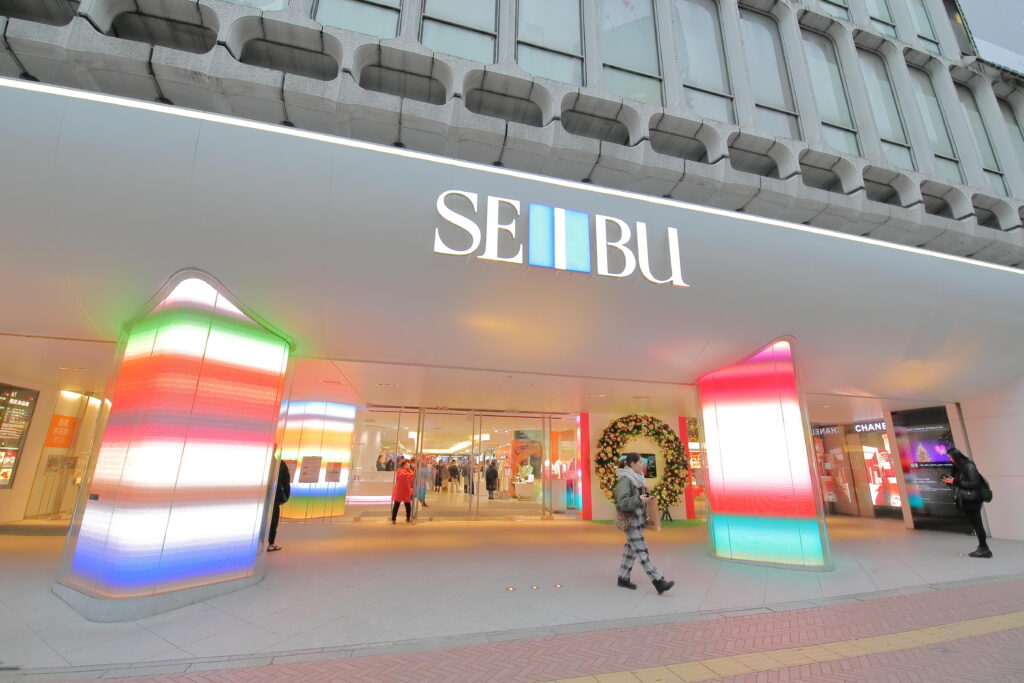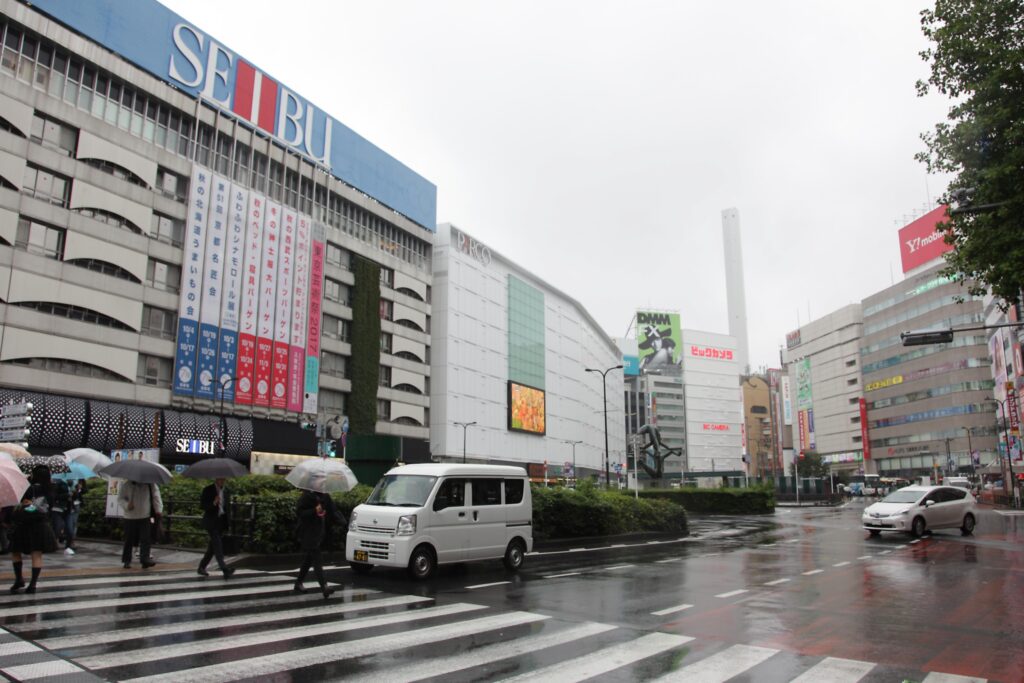
Those who are 60 years old this year may have experienced all kinds of strange and rare things in the world, but there was one thing they didn’t see. It is a strike by Japanese department stores. Hanshin Department Store was the last Japanese department store to strike in 1962. In the next 61 years, the Japanese have never experienced a strike at a department store.On August 31, Seibu Ikebukuro Main Store, which represents Ikebukuro, a downtown area in northwestern Tokyo, went on strike, and cultural artists born in 1962 also watched Japan’s department store strike during their lifetime.
Most Japanese have never seen department stores go on strike, so the first reaction to the news of the strike was rather than “Why?”There was much more. Even though all Japanese newspapers and broadcasters covered news related to lovers as top news, many customers visited department stores as usual and turned away.The strike was neither a surprise nor a long-term “until the requirements are met.” The Sogo and Seibu labor unions, which belong to the Seibu Ikebukuro headquarters, have warned the management of the right to strike almost a month ago, and the strike, which took place after a long tug-of-war, was held only one day on August 31, and only at the headquarters. All other nine branches were operating normally.Japan’s labor union recognizes the strike as “something to avoid.” Asked at a press conference in July for his opinion on the strike by Sogo and Seibu, Yoshino Tomoko, chairman of Rengo, Japan’s largest labor union, also said, “Strike is a right recognized by the Constitution. However, he only said in principle that the tactics (whether to conduct a strike) are judged by individual unions, and Lengo will watch it. It was difficult to expect remarks such as “to unite and fully support Lengo’s capabilities.”

Even in the process of going ahead with a one-day strike on August 31, there is an atmosphere that “strikes should be avoided.” Both the union trying to force a strike and the company trying to prevent it were the means of persuading the negotiations to “could cause inconvenience.”The company persuaded the union that going on strike would be “a nuisance to customers and customers,” and the union responded to the company by saying, “If you don’t comply with the requirements, you’re a nuisance to customers and customers.” The statement issued by the Sogo and Seibu labor unions on August 30, when the strike became inevitable, and the strike notice posted at the entrance to the first floor of the Seibu Ikebukuro headquarters also incorporate Japan’s unique sentiment.
The Sogo and Seibu unions said, “It’s a really unruly decision, but on August 31st, the entire building will be temporarily closed. I have caused trouble to Seibu Ikebukuro’s reputation. I’m really sorry for the inconvenience I’ve caused to my customers and clients.” Rather than a strike notice, it is more like an annual application that team members make while looking at each other during the busiest time.
The customer’s response is not much different. A 49-year-old female office worker who used the Ikebukuro headquarters for nearly 15 years told the Yomiuri Shimbun that she did not expect to go on strike. Since Seibu is the face of Ikebukuro, residents are also worried. We hope that the value of the department store will not fall,” he said.
As such, August 31, 2023, was a day when the Japanese were shocked by the fact that Tokyo’s downtown department store went on strike, and that foreigners living in Japan were so sensitive to a single-day strike.
EJ SONG
US ASIA JOURNAL



